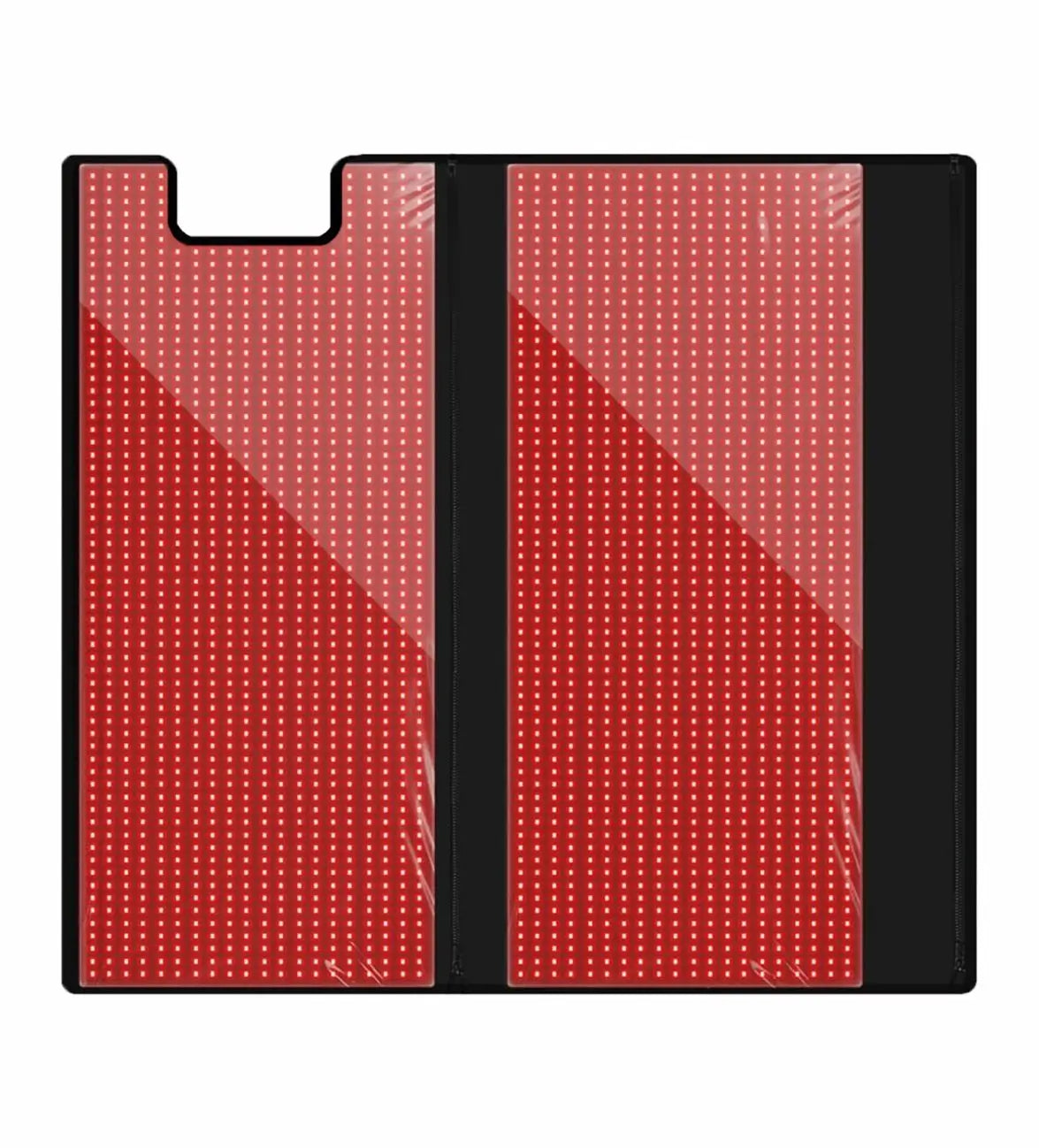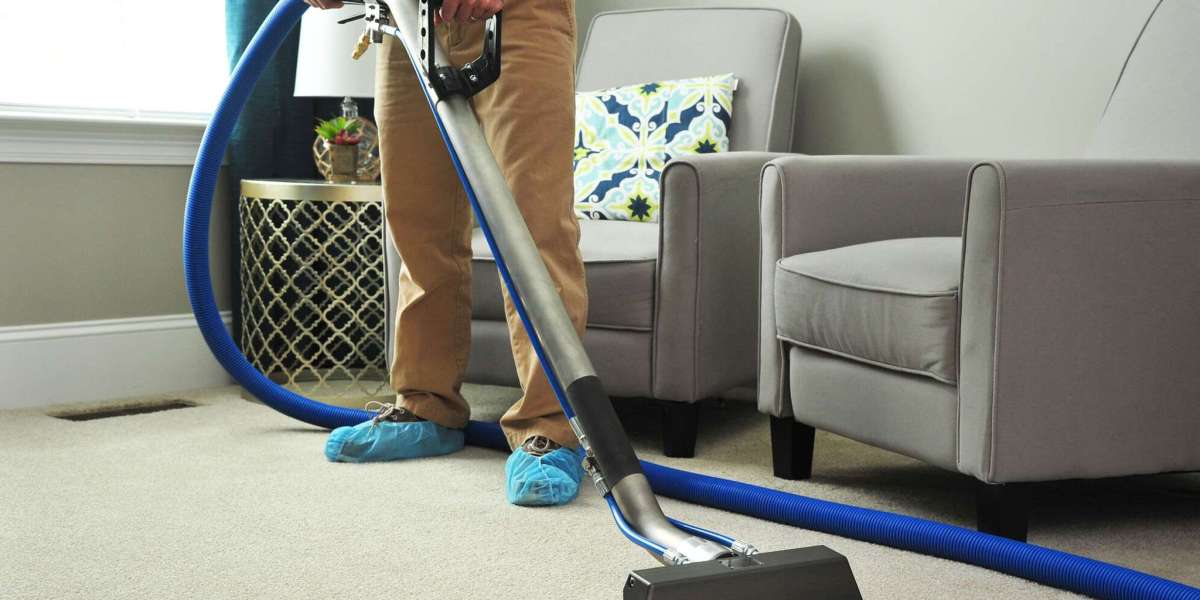Unlock the Secrets of Red Light Therapy Blankets: Transform Your Wellness Routine Today!
In recent years, red light therapy has gained significant traction in the wellness community, capturing the attention of health enthusiasts and practitioners alike. With its promise of rejuvenation and healing, this innovative therapy has made its way into many wellness routines, offering a natural alternative to various health concerns. One of the most convenient and effective ways to harness the power of red light therapy is through the use of red light therapy blankets. In this article, we aim to educate you about these blankets, their potential benefits, and important considerations to make before deciding to incorporate one into your health regimen.

Understanding Red Light Therapy
Red light therapy (RLT) uses low-level wavelengths of red light, typically between 600 to 650 nanometers, to stimulate cellular function and promote healing. The science behind RLT lies in its ability to penetrate the skin and be absorbed by mitochondria, the powerhouse of our cells. This absorption enhances ATP production, leading to improved cellular energy and accelerated healing processes. Initially used in medical settings for wound healing and pain reduction, red light therapy has now expanded into various fields, including skincare, where it can improve complexion and reduce signs of aging, and wellness, where it supports recovery and overall health. As more studies emerge, the versatility and efficacy of red light therapy continue to establish its credibility as a valuable tool in holistic health practices.
The Benefits of Red Light Therapy Blankets
Red light therapy blankets offer a myriad of benefits that can enhance your overall wellness. One of the most notable advantages is pain relief. Many users have reported significant reductions in chronic pain, including conditions like arthritis and muscle soreness. Additionally, these blankets can improve skin health by promoting collagen production, leading to a more youthful appearance and reducing acne scars. Enhanced muscle recovery is another key benefit, making them popular among athletes for post-workout recovery. Furthermore, users often experience improved sleep quality, as the calming effects of red light therapy help to regulate sleep patterns. By adopting a holistic approach to wellness, red light therapy blankets can complement other health practices, contributing to a balanced lifestyle and overall well-being.
Key Features to Look for in Red Light Therapy Blankets
When considering a red light therapy blanket, there are several key features to keep in mind. First, the wavelength of the light emitted is crucial; look for blankets that operate within the optimal range of 600 to 650 nanometers for effective penetration and absorption. Intensity is another important factor; higher intensity can lead to more significant results, but it should also be comfortable for use. The size of the blanket matters too; choose one that can cover the areas you wish to treat effectively. Ease of use is essential, so consider blankets with user-friendly controls and lightweight designs for convenience. Lastly, prioritize quality by researching manufacturers and reading user reviews to ensure you’re investing in a reliable product.
How to Incorporate Red Light Therapy Blankets into Your Routine
Incorporating red light therapy blankets into your wellness routine can be a seamless process. For optimal results, it is generally recommended to use the blanket for about 20 to 30 minutes per session, two to three times a week. However, individual needs may vary, so listen to your body and adjust as necessary. To maximize benefits, find a comfortable and quiet space where you can relax during your session—perhaps while watching TV or reading. Additionally, make sure to follow any safety guidelines provided with the blanket, such as avoiding direct eye exposure to the light. As you become accustomed to the therapy, you may find it beneficial to integrate it into your pre-sleep routine to enhance relaxation and promote better sleep.
Exploring the Benefits of Red Light Therapy Blankets
In summary, red light therapy blankets present a promising addition to your wellness toolkit, offering a range of benefits from pain relief to enhanced skin health and improved sleep quality. As we navigate the complexities of modern health, incorporating such therapies can enrich our routines and contribute to a holistic approach to wellness. If you're considering making a purchase, take the time to evaluate your options based on the insights shared in this article. Embrace the potential of red light therapy and transform your health journey today!








